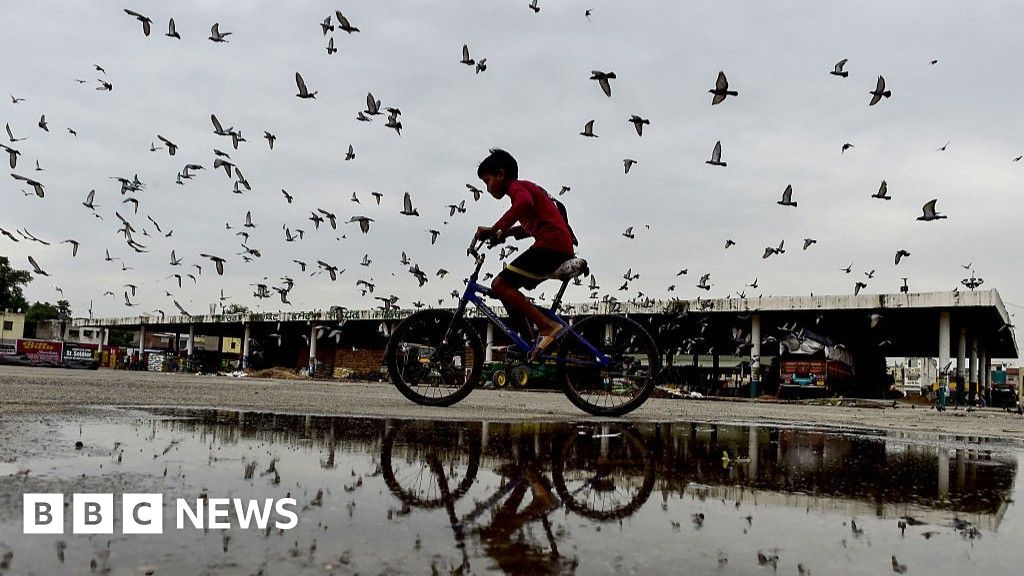
The recent ban on feeding pigeons in public areas of Mumbai has sparked widespread debate, bringing to light the intersection of public health concerns, cultural traditions, and urban wildlife management in India. As a bustling metropolis steeped in heritage, Mumbai’s handling of this contentious issue has drawn comparisons to pigeon control measures worldwide.
Why the Feeding Ban? Health Risks Take Center Stage
Mumbai’s civic authorities enforced the ban after mounting evidence linked pigeon droppings to serious health risks. According to experts, direct and indirect exposure to pigeon droppings can lead to respiratory diseases, fungal infections, and hypersensitivity pneumonitis. Studies reveal that each pigeon can produce up to 15kg (33lbs) of droppings annually, posing a significant hygiene challenge in densely populated urban spaces.
Dr. RS Pal, a pulmonologist, emphasized that cases of lung inflammation caused by prolonged exposure to pigeons are on the rise. “We frequently encounter bacterial, viral, and fungal infections among individuals managing or living near high pigeon populations,” he said. Some cases have even proven fatal, with reports of children succumbing to conditions exacerbated by pigeon-borne pathogens.
Cultural Bonds with Pigeons: A Clash of Perspectives
While health activists highlight the dangers, bird lovers and religious groups fiercely defend pigeon feeding as a cherished tradition. For communities like the Jains in Mumbai, feeding pigeons is considered a pious act. Iconic “kabutarkhanas” (pigeon feeding spots) have long been a cultural fixture, offering spaces for people to donate grain while connecting with the city’s heritage. Bollywood, too, has immortalized these symbols of urban life in countless movies.
Renowned environmentalist Faiyaz Khudsar points out that feeding pigeons has also inadvertently led to their overpopulation in cities, displacing smaller native bird species like house sparrows. “With easy access to food and no predators, pigeons are thriving at an unnatural rate, upsetting the ecological balance,” says Khudsar. The 2023 State of India’s Birds report supports this, showing a staggering 150% rise in pigeon populations since 2000.
Global Context: Urban Pigeon Management
India’s crackdown on pigeon feeding echoes global urban management practices. Cities like Venice, Singapore, and London have long implemented strict bans, feeding regulations, or hefty fines to curb pigeon-related issues. However, India’s case is unique due to the deep cultural and emotional ties that many citizens share with these birds.
Mohammad Younus, a Delhi resident supplying grains to feeding spots, argues that the problem isn’t the birds but poor maintenance of feeding areas. “If hygiene is prioritized, diseases can be minimized. We shouldn’t deny pigeons food just because of public health lapses,” he opines.
Seeking a Middle Ground
In response to public outcry, the Bombay High Court has formed an expert panel exploring alternatives to the outright ban. People for the Ethical Treatment of Animals (PETA) India recommends staggered feeding schedules—morning and evening hours—to allow time for cleanup and ensure hygiene. Controlled feeding could potentially satisfy both health activists and animal lovers.
“The focus should be on rethinking our coexistence with urban wildlife,” says Syed Ismat, a Delhi resident and lifelong pigeon-feeder. “We need solutions that respect both public health and our connection to nature.”
As the debate continues, Mumbai’s efforts to balance health, heritage, and ecology may serve as a blueprint for cities navigating similar challenges worldwide.





